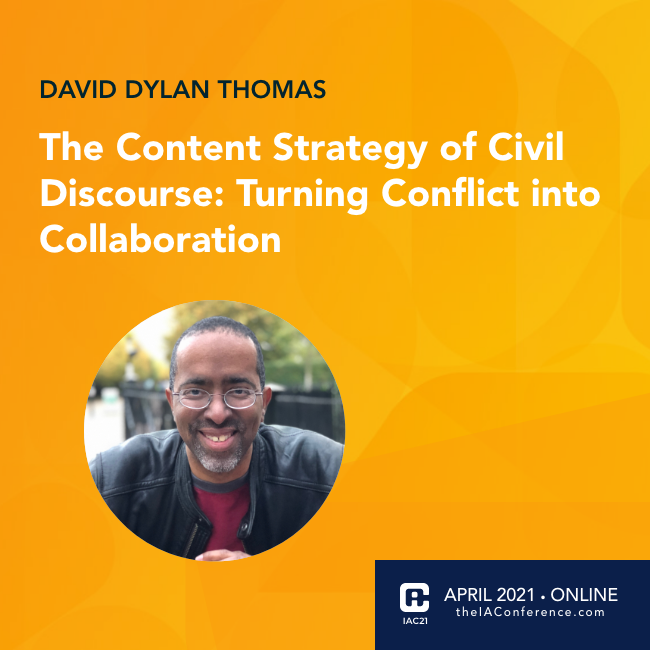2021 IA Conference
April 29, 2021
Cynicism is easy. Hope takes work. Trust bridges the distance between them, and it’s under attack. Our users suffer from a crisis of confidence in services, brands, interfaces—and in themselves, when they need to assess information or make decisions. Years of gaslighting cause sales cycles to slow and people to question the goods, services, and science that could benefit them. But through choices of design and content, we can empower people and renew their sense of trust. Drawing examples from GOV.UK, America's Test Kitchen, the NHS, Crutchfield, Zoom, and others, gain a bold vision for the future and a three-part framework of voice, volume, and vulnerability to nurture user confidence, renew trust in your organization—and even strengthen society itself.








